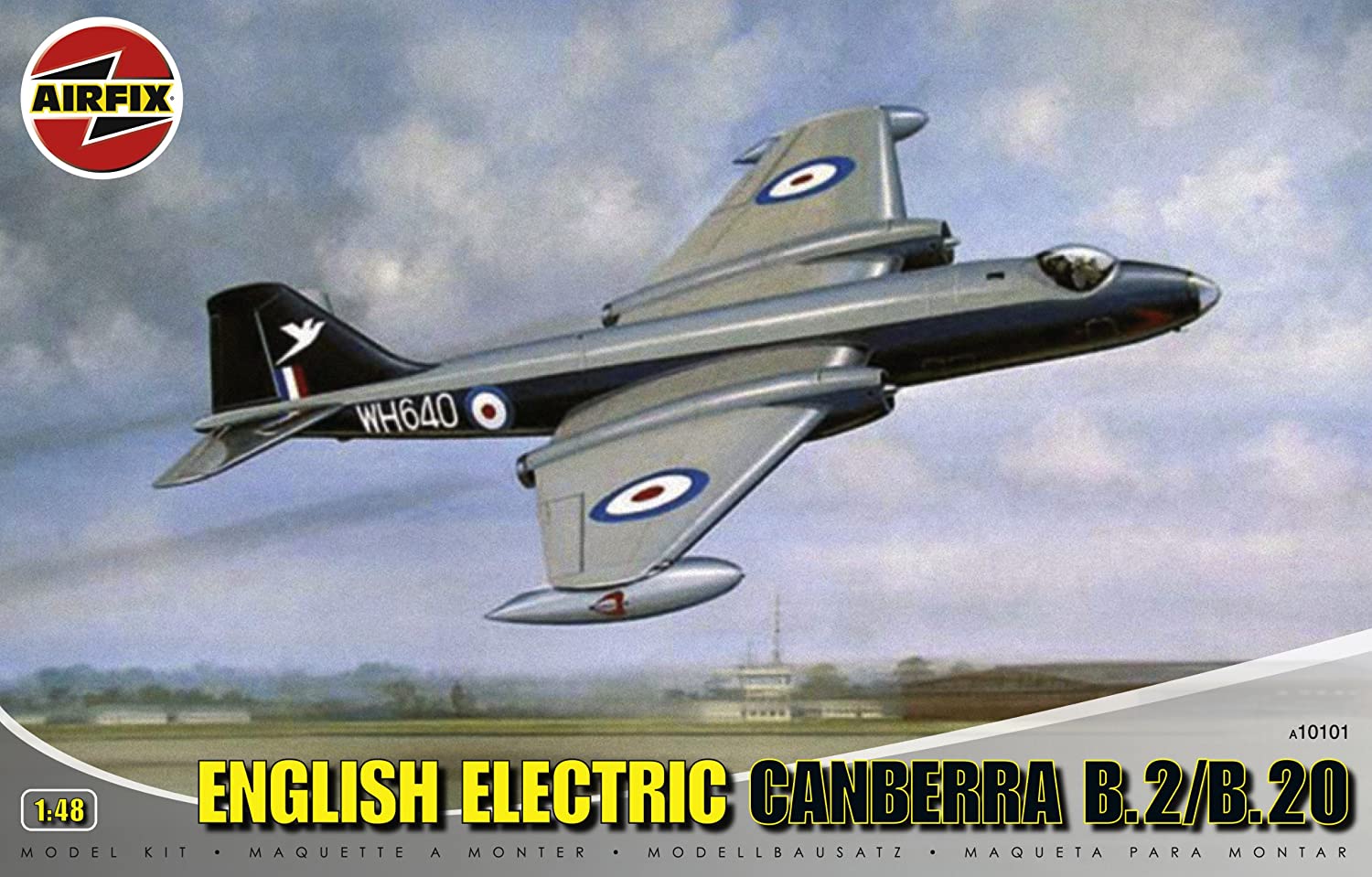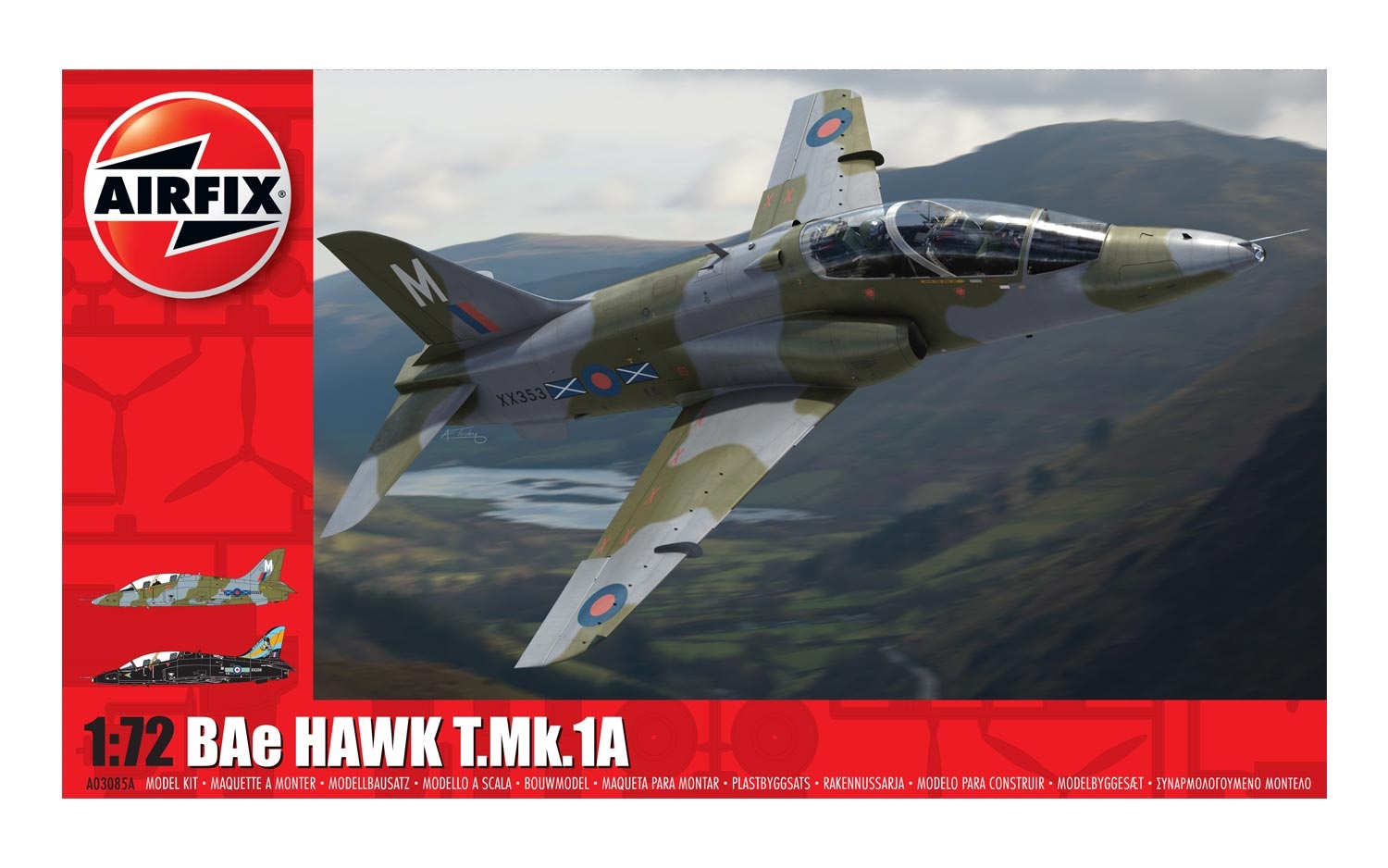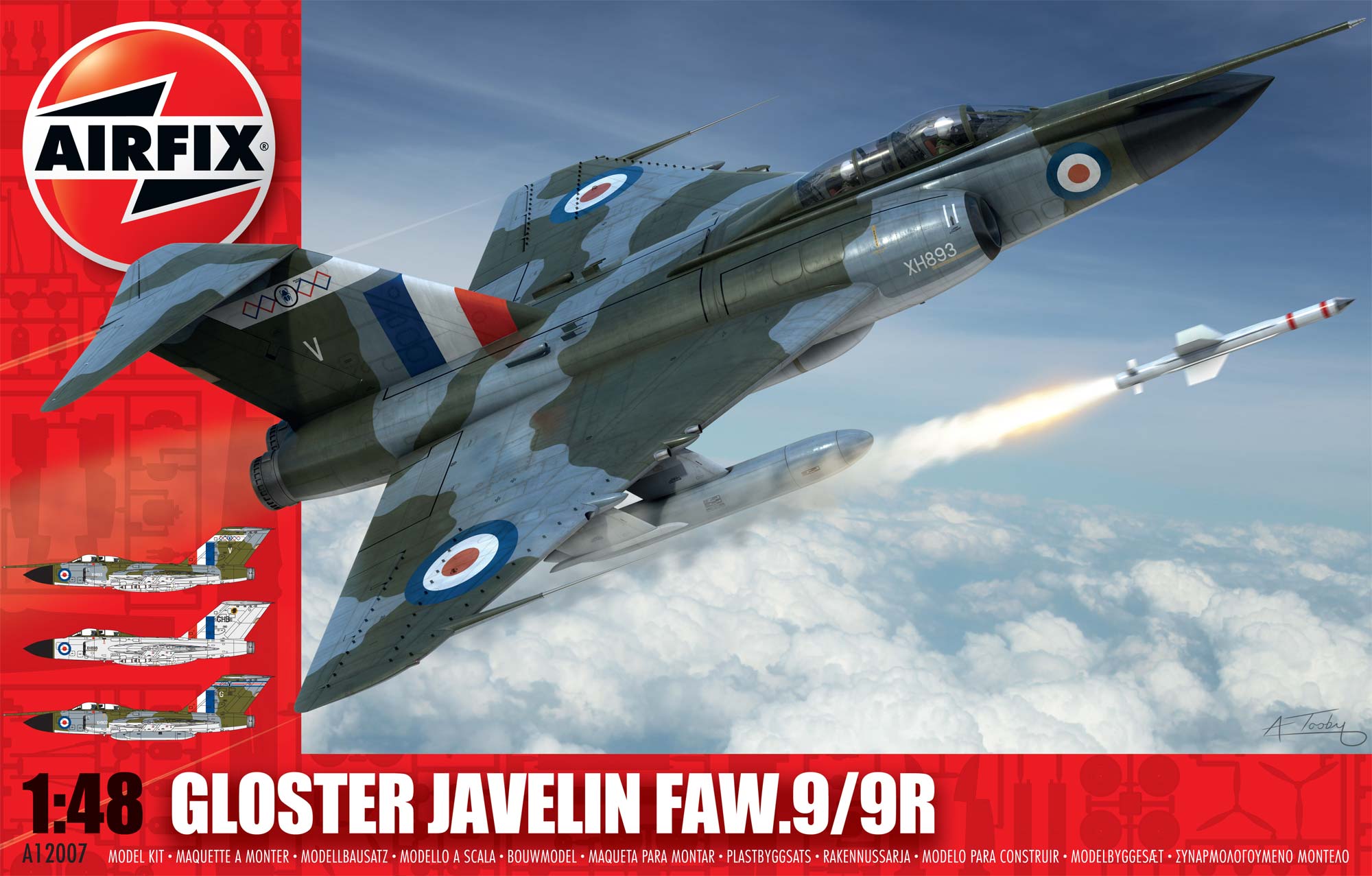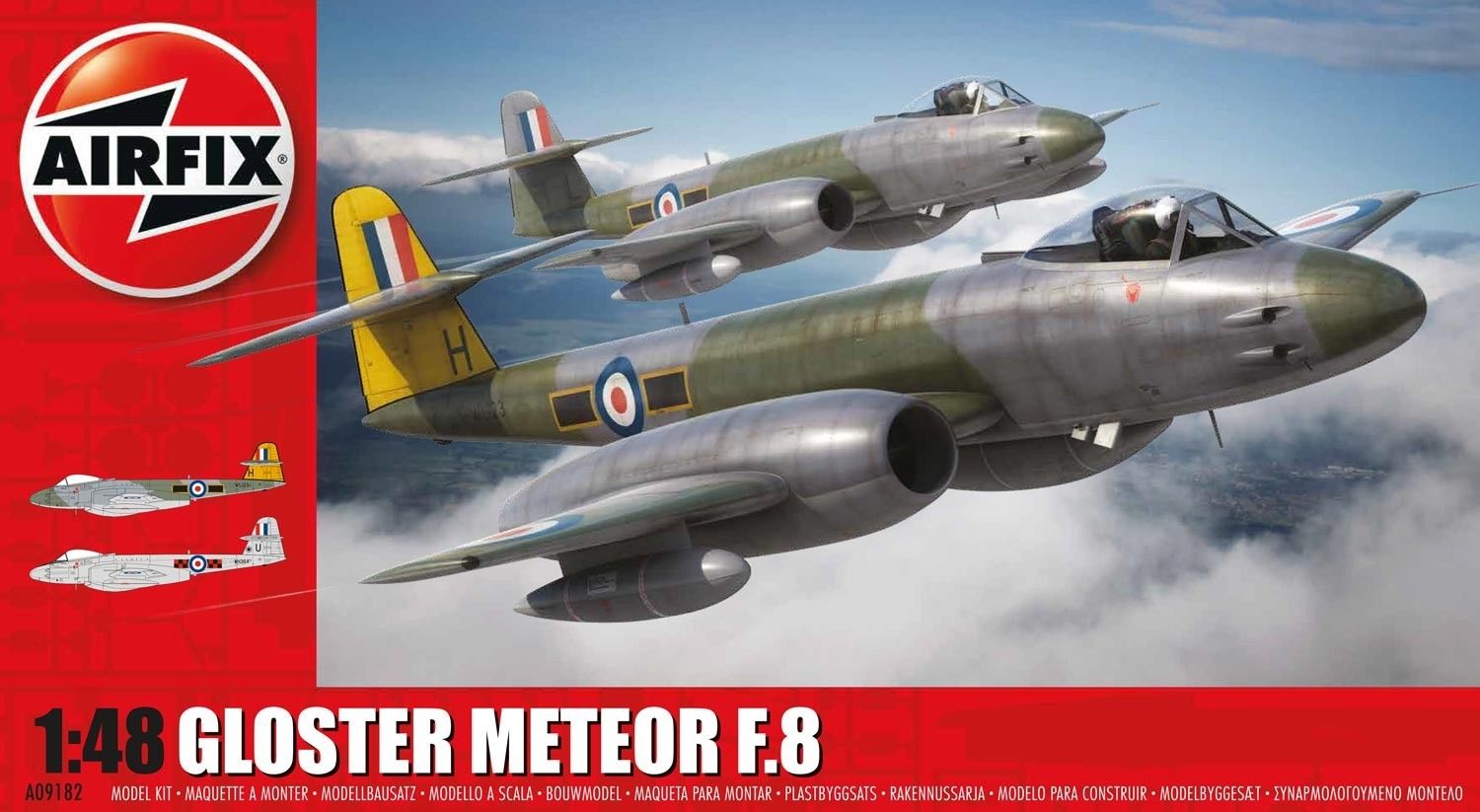Airfix : Canberra B.2 : 1/48 Scale Model : In Box Review

Canberra B.2
The English Electric Canberra is a British first-generation jet powered medium bomber. It was developed by English Electric during the mid-to-late 1940s in response to a 1944 Air Ministry requirement for a successor to the wartime de Havilland Mosquito fast bomber. Among the performance requirements for the type was an outstanding high-altitude bombing capability and high speed. These were partly accomplished by making use of newly developed jet propulsion technology. When the Canberra was introduced to service with the Royal Air Force (RAF), the type’s first operator, in May 1951, it became the service’s first jet-powered bomber.
In February 1951, a Canberra set another world record when it became the first jet aircraft to make a non-stop transatlantic flight. Throughout most of the 1950s, the Canberra could fly at a higher altitude than any other aircraft in the world and in 1957, a Canberra established a world altitude record of 70,310 feet (21,430 m). Due to its ability to evade the early jet interceptor aircraft and its significant performance advancement over contemporary piston-engined bombers, the Canberra became a popular aircraft on the export market, being procured for service in the air forces of many nations both inside and outside of the Commonwealth of Nations. The type was also licence-produced in Australia by the Government Aircraft Factories and in the US by Martin as the B-57 Canberra. The latter produced both the slightly modified B-57A Canberra and the significantly updated B-57B.
In addition to being a tactical nuclear strike aircraft, the Canberra proved to be highly adaptable, serving in varied roles such as tactical bombing and photographic and electronic reconnaissance. Canberras served in the Suez Crisis, Vietnam War, Falklands War, Indo-Pakistani wars and numerous African conflicts. In several wars, each of the opposing sides had Canberras in their air forces.
The Canberra had a lengthy service life, serving for more than 50 years with some operators. In June 2006, the RAF retired the last of its Canberras, 57 years after its first flight. Three of the Martin B-57 variant remain in service, performing meteorological and reentry tracking work for NASA, as well as providing electronic communication (Battlefield Airborne Communications Node or BACN) testing for deployment to Afghanistan.



